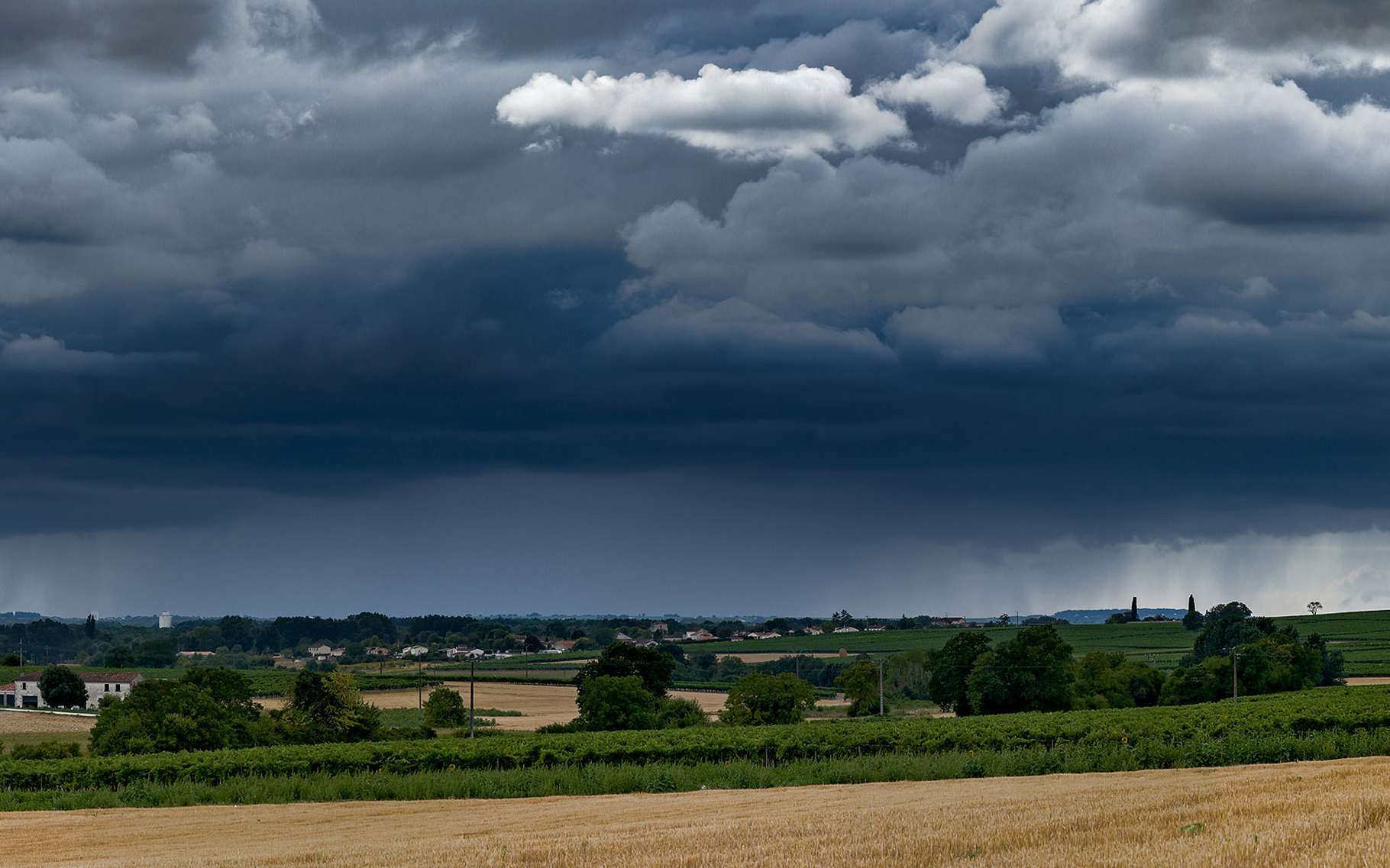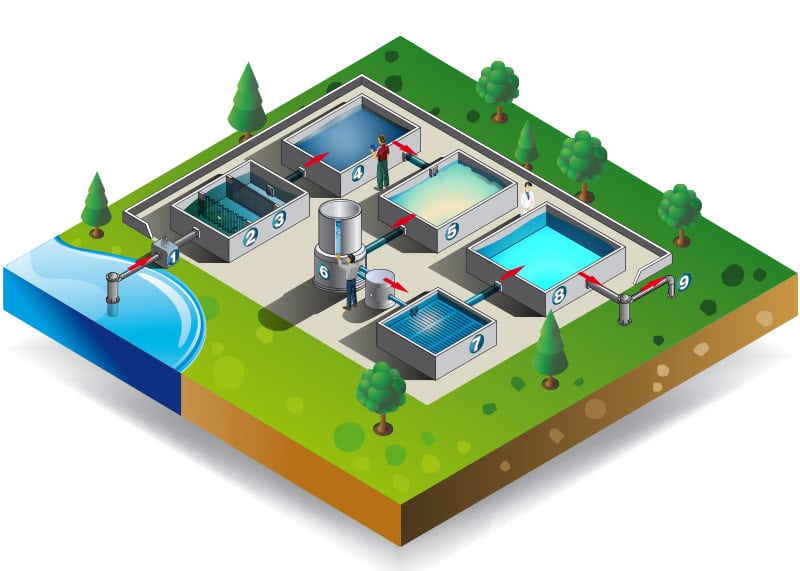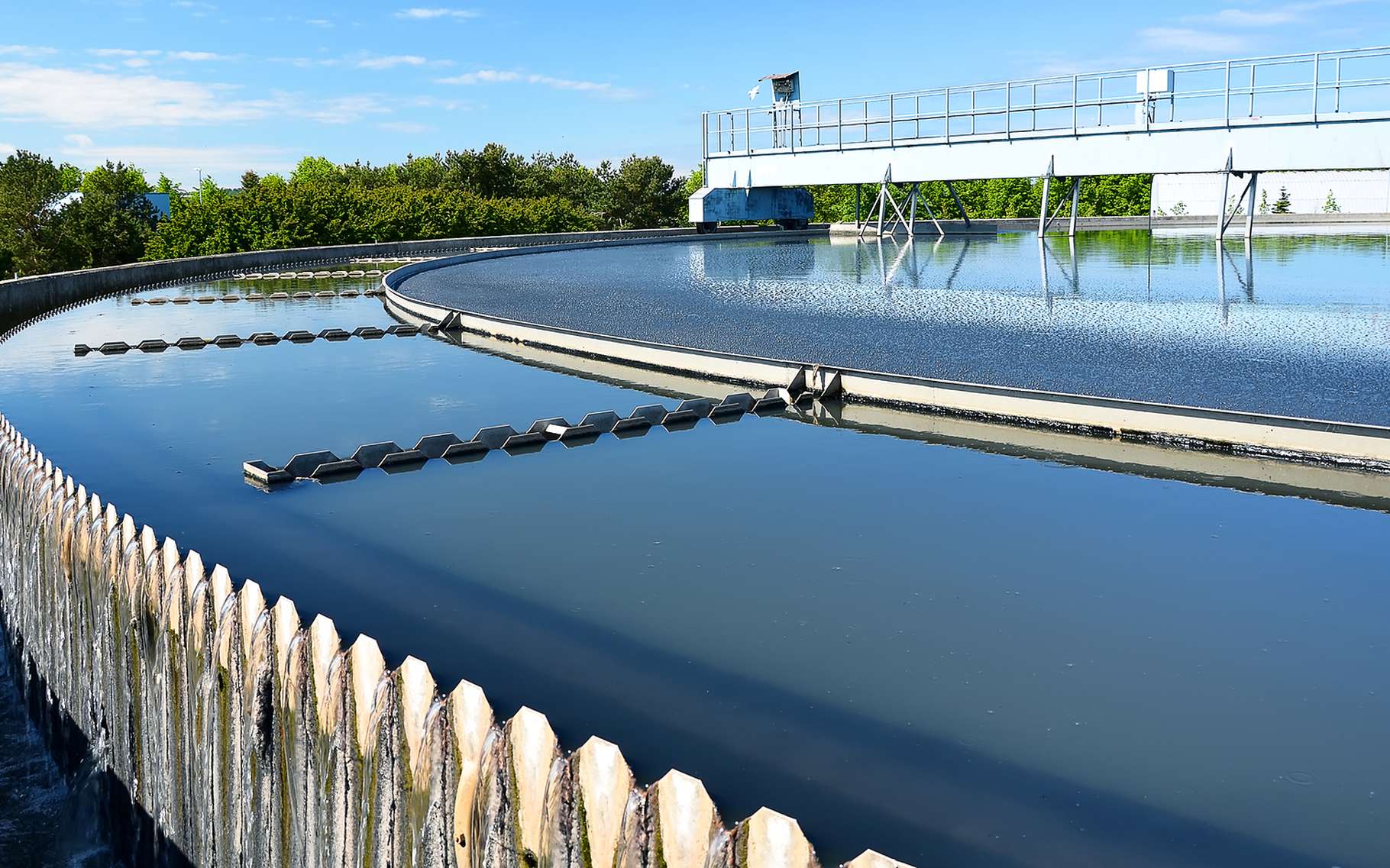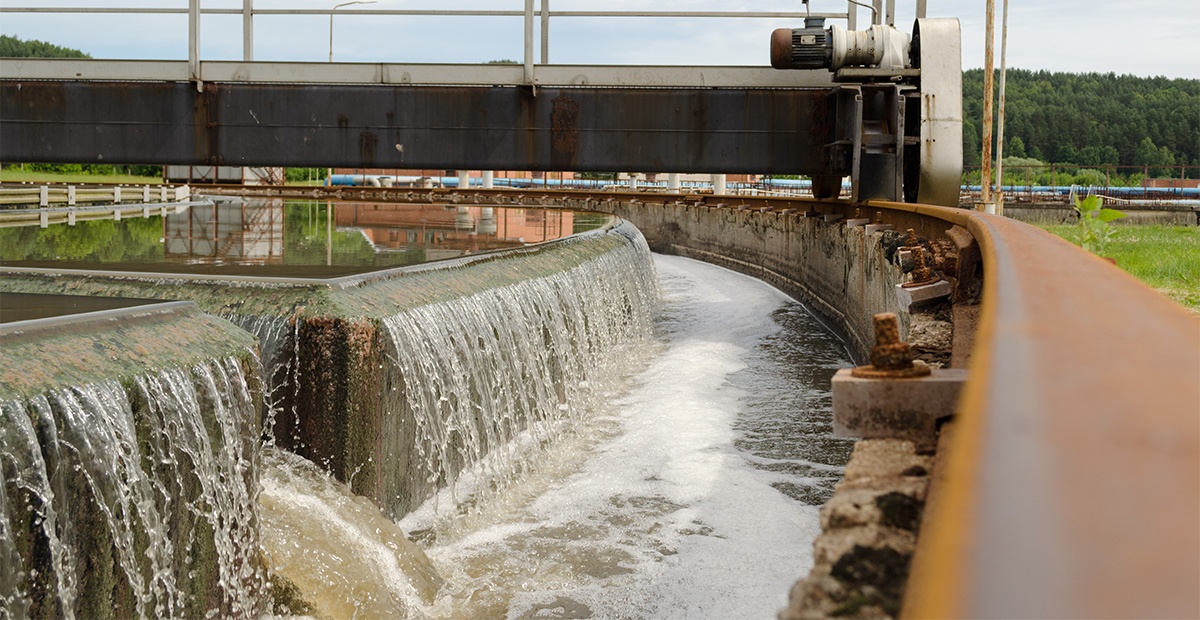Designing With Web
Part 3 · Phase 1: Prototype
Group 21
Our group
- Lison ROGER: link-to-part-2-assignment.glitch.me
- Hugo GRAU: link-to-part-2-assignment.glitch.me
- Timothé LEVY: link-to-part-2-assignment.glitch.me
- Pierre-Olivier COUTURE: link-to-part-2-assignment.glitch.me
- Chloé MARBOEUF: link-to-part-2-assignment.glitch.me
Our subject
Our subject is
Increasing water recycling and safe reuse.
It
comes from the United Nations' Sustainable Development Goal number
6, which is entitled "Clean Water and Sanitation".
Our research question
The research question we have formulated together is "How artificial intelligence can help cities and companies reduce costs, reduce environmental impact and be more efficient by improving water recycling?". The two projects ideas below try to answer that question.
Project 1 · Intelligent water management through AI
Context
When? Where? Who? Why?
Inside the European Union, one quarter of the total volume of water available is for agriculture, and mainly for irrigation. With global warming, water management is a crucial issue. Nevertheless, a report by the European Court of Auditors shows that throughout Europe, the agricultural sector is wasting this resource.
The key to water management in agriculture is to give exactly what a plant needs and not to overwater the plants.
Target + persona
For whom? Describe the users and beneficiaries of your project, and then suggest a quick persona (refer to Part 2 of the course for methodology tips).
The project is aimed in particular at farmers who wish to manage their water expenditure in a more controlled manner with the objective of protecting water resources. The innovation would allow at the same time to save water which is a rarefied resource,and would be a way to make financial savings for the farmers but also to bring the exact quantity of water for the plant and thus increased the quality of the production.
Persona
- Hugo, 30 years old
- He lives in a small village in France's countryside
- Farmer who cultivates wheat and potatoes on huge fields, high salary
- Married with 2 children
- He doesn't have many hobbies since his job takes all his time. He particularly loves hunting with friends.
- He would like to reduce his cost concerning his fields
- Every year, he is scared to loose all his production because of external issues
- More and more often, there are drought during summer and all the farmers need to reduce their water consumptionfor irrigation.
Service offered
What? How? Explain how your solution works, what it enables the user to do, and how is solves the initial issue.
To be able to give exactly the amount of water a plant needs, we have to cross several data. This is what our application would propose: we would propose an application that crosses data concerning the plant, the quantity of water it needs, its resistance to drought, etc., geographical data (land, region, close or not to a river,...) and meteorological data (the last rains, the forecast rains, the degree of drying of the soil according to the heat etc... Thanks to all these data the application could propose for each plot of the farmer's land the exact amount of water his plants need.
Features + user flow
Explain what features your project involves and hierarchize them from
the most important one to the least.
Remember: a feature is a verb + a noun, it describes an action that
the user can do.
Then, for your first and most important feature (the key feature), write
down and draw the user flow: what steps will the user have to go
through, from the initial situation to the final situation? Again, refer
to Part 2 of the course for methodological tips.
Features
- Feature 1 (key feature): lorem ipsum dolor sit amet, consectetur adipisicing elit
- Feature 2: lorem ipsum dolor sit amet, consectetur adipisicing elit
- Feature 3: lorem ipsum dolor sit amet, consectetur adipisicing elit
- ...
User flow
- Initial situation: The farmer wastes too much water and needs to reduce his comsumption. Moreover, he wants to use more efficiently water in order to hydrate his wheat and potatoes.
- Step 1: He contacts our company in order to collect informations : price, conditions, installation.
- Step 2: when the company confirms that the technologies will be able to work on these lands, the company has to collect information about the plantations and the weather in the area.
- Step 3: the company brings the sensors back to the site and checks that the data received is consistent with the environmental conditions.
- Final situation: The farmer uses better his water and the application provides him good informations to hydrate his plantations.
Illustrations
Find pictures that describe the universe around your service (context, users, places, technologies…). Don't try to illustrate the final service that you may have in mind but instead, its context. Basically, translate the keywords you used in the descriptions above to pictures.






Benchmark
List competitors or related projects, and describe how they relate or differentiate to your project.
- Groww : The company proposes to signal according to weather conditions when to water its plants. The application only applies to gardens (therefore small spaces).
- PGardenize AB : an application which helps to deal with each plant you have by giving you the information of when to hydrate them depending on each plant.But it does not adapt to weather conditions.
References
https://www.intechopen.com/chapters/73223 https://www.degruyter.com/document/doi/10.1515/opag-2020-0063/html
- Article written by the journal "Open Agriculture" in 2020
- Book written by Adrijana Filipović in 2020
Project 2 · Transparency between treatment centers
Context
When? Where? Who? Why?
The second project aims to promote the transparency of information between the different water treatment centers, with the aim of facilitating the management of these centers and improving the quality of the water leaving the plant.
Target + persona
For whom? Describe the users and beneficiaries of your project, and then suggest a quick persona (refer to Part 2 of the course for methodology tips).
This company aims to set up between water treatment plants only. It will make the treatment more efficient and treat the water in the best possible way.
Persona
- Sophie, 27 years old
- Living in Lyon's suburbia, FRANCE
- responsible in the water treatment plant
- Married
- Loves to paint, dance and boxing
- Wants to buy her dream house in Nice
- Doesn't have enough time to keep up with her family due to her work
- Wants to work more efficiently and save more water but doesn't have access to the other water treatment faicilities' informations.
Service offered
What? How?
The aim would be to collect, for each water treatment center in France, 3 types of data: the weather conditions, the type and quantity of chemicals used to treat the water and the quality of the water leaving the factory.The objective is that, using this information, a treatment center in a city will look at this database and realize that a water treatment center in France has approximately the same weather conditions and has a high quality of water leaving the plant. Being in full reflection on the type and quantity of chemicals to use, the plant can take inspiration from this other plant and choose to use the same standards as it. With this application, treatment centers could eventually reduce the overuse of chemicals in water treatment and the quality of water leaving factories could be improved across France.
Features + user flow
Explain what features your project involves and hierarchize them from
the most important one to the least.
Remember: a feature is a verb + a noun, it describes an action that
the user can do.
Then, for your first and most important feature (the key feature), write
down and draw the user flow: what steps will the user have to go
through, from the initial situation to the final situation? Again, refer
to Part 2 of the course for methodological tips.
Features
- Feature 1 (key feature): lorem ipsum dolor sit amet, consectetur adipisicing elit
- Feature 2: lorem ipsum dolor sit amet, consectetur adipisicing elit
- Feature 3: lorem ipsum dolor sit amet, consectetur adipisicing elit
- ...
User flow
- Initial situation: water treatment facilities have trouble to treat perfectly the water. elit
- Step 1: She contacts our company in order to ask us if we can connect her facility with other ones.
- Step 2: We come to her facility to install our application.
- Step 3 : We do the same with several facilities
- Step 4 : Facilities start to check if they receive well informations
- Final situation: Each water treatment facility gives informations to the others which allows them to treat better water.
(Add a drawing of the user flow for the key feature here)
Illustrations
Find pictures that describe the universe around your service (context, users, places, technologies…). Don't try to illustrate the final service that you may have in mind but instead, its context. Basically, translate the keywords you used in the descriptions above to pictures.



Benchmark
List competitors or related projects, and describe how they relate or differentiate to your project.
- Project name, link, how is it linked to your project
- Project name, link, how is it linked to your project
- ...
References
Books, films, articles… list every reference that may be relevant regarding this project, and explain why.
- Reference name, link, how is it linked to your project
- Reference name, link, how is it linked to your project
- ...